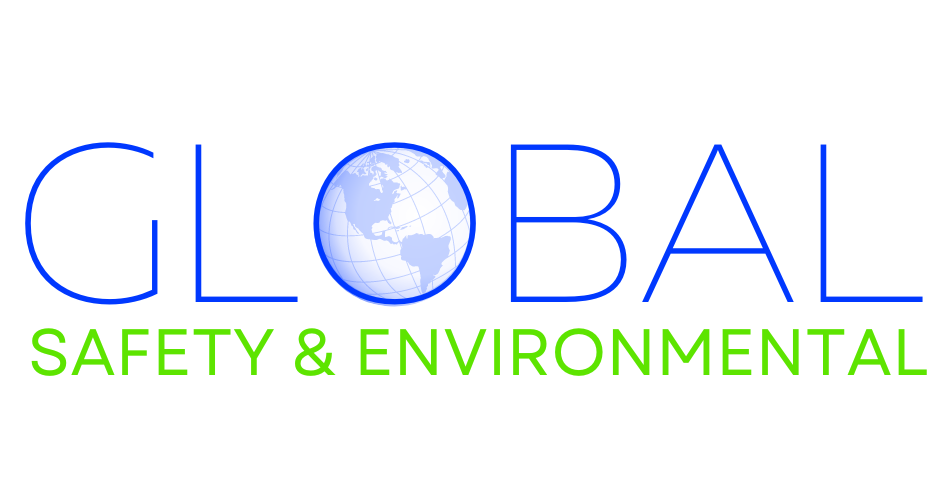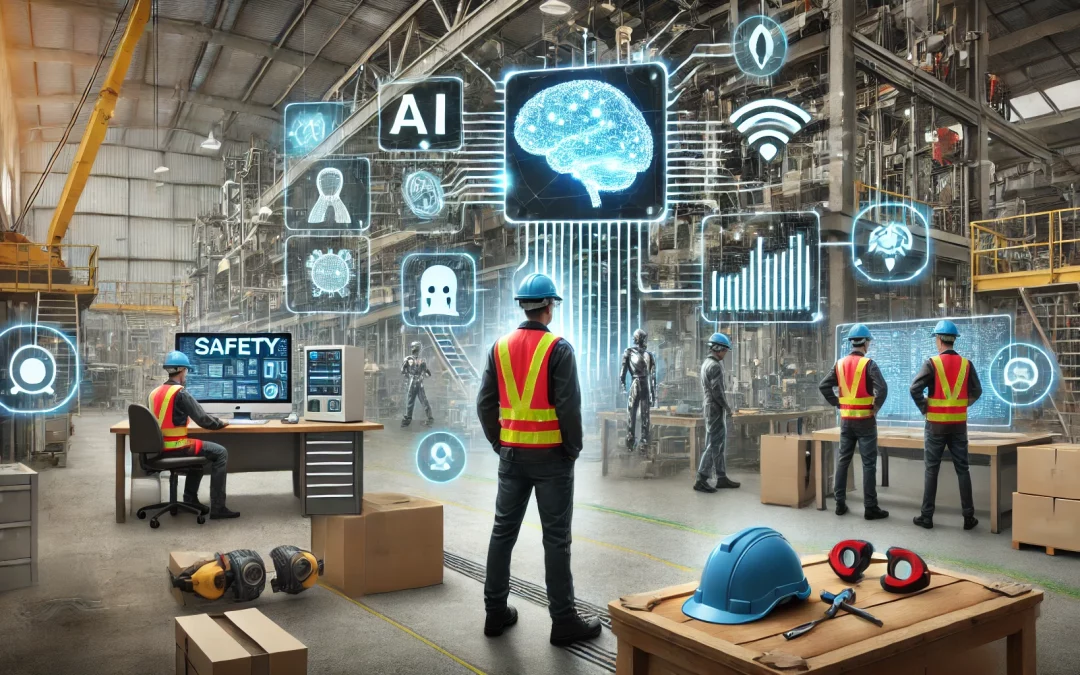In recent years, artificial intelligence (AI) has rapidly evolved from a futuristic concept to an integral part of many industries, including workplace safety. AI technologies are being harnessed to improve efficiency, predict hazards, and enhance safety protocols in diverse work environments. As companies seek ways to streamline operations and reduce accidents, AI presents an opportunity to transform how safety is managed. However, the integration of AI into workplace safety is not without challenges and concerns, as its use raises questions about effectiveness, accountability, and privacy. In this article, we will explore how AI is being used in workplace safety, the potential benefits it offers, and the risks that must be addressed to ensure its responsible implementation.
The Integration of AI into Workplace Safety
AI is being increasingly employed in workplace safety across various sectors, from manufacturing and construction to healthcare and logistics. One of the most notable applications of AI in safety protocols is the use of predictive analytics. By analyzing large datasets from sensors, cameras, and other monitoring devices, AI can identify patterns and predict potential safety hazards before they occur. This proactive approach helps companies avoid accidents, reduce downtime, and minimize the costs associated with workplace injuries.
Predictive Maintenance and Hazard Detection: Predictive maintenance is one of the key ways AI is improving safety in industries that rely on complex machinery and equipment. By leveraging AI and machine learning algorithms, businesses can analyze data from sensors embedded in equipment to predict when machinery is likely to fail or require maintenance. This not only helps prevent costly breakdowns but also minimizes the risk of accidents caused by equipment malfunctions. For example, in manufacturing plants, AI systems can predict wear and tear on machines such as conveyor belts or robotic arms, allowing for maintenance to be scheduled before a failure occurs.
AI is also being used in hazard detection. In construction sites, for instance, AI-powered cameras and sensors can detect potential safety hazards, such as workers not wearing appropriate personal protective equipment (PPE) or objects blocking walkways. These systems can alert supervisors in real time, allowing them to address the situation immediately and reduce the likelihood of accidents. AI-driven safety devices, such as wearables that monitor the health and well-being of employees, are also becoming common in high-risk environments. These devices can track factors like heart rate, fatigue levels, and body temperature, sending alerts if an employee is at risk of heatstroke, dehydration, or exhaustion.
AI for Real-Time Monitoring and Decision Making: Real-time monitoring is another area where AI is making significant strides. AI-powered systems are capable of constantly analyzing data from surveillance cameras, sensors, and wearables, providing an extra layer of oversight. For example, AI can be used to monitor employees’ movements and detect unsafe behavior, such as entering hazardous areas without proper protection or operating machinery incorrectly. By providing real-time alerts, AI enables supervisors to intervene quickly and prevent incidents.
AI can also assist in decision-making by analyzing vast amounts of data from different sources and generating insights in real time. This capability is particularly beneficial in high-risk environments such as chemical plants, where even minor safety lapses can result in catastrophic consequences. AI can help managers assess safety risks based on live data, historical trends, and environmental factors, allowing them to make informed decisions about safety protocols and resource allocation.
Benefits of AI in Workplace Safety
The integration of AI into workplace safety protocols offers numerous benefits that can significantly improve the overall safety environment.
- Reduction in Workplace Accidents: AI-driven systems can detect potential hazards before they result in accidents, providing companies with the ability to address risks proactively. This predictive approach can lead to a reduction in workplace injuries and fatalities. By identifying patterns in accidents and near-misses, AI systems can also suggest improvements to safety practices and help companies develop more effective training programs.
- Enhanced Efficiency and Productivity: The use of AI to automate routine safety inspections and hazard detection frees up human workers to focus on more critical tasks, such as responding to emergencies or improving workplace safety protocols. AI systems can handle large volumes of data much faster than humans, increasing efficiency and allowing safety measures to be applied more consistently and thoroughly.
- Cost Savings:By predicting equipment failures and reducing workplace accidents, AI can help companies save money in the long run. AI can also lower the costs associated with workers’ compensation claims, insurance premiums, and legal fees by minimizing workplace injuries. Moreover, businesses that implement AI to improve safety may benefit from a better safety record, enhancing their reputation and potentially leading to reduced liability costs.
Concerns and Challenges
While the use of AI in workplace safety has clear benefits, it also introduces several concerns that must be addressed to ensure its responsible integration.
- Over-Reliance on Technology: One of the primary concerns with AI in workplace safety is the potential for over-reliance on technology. While AI systems are highly capable, they are not infallible. There is always the risk that AI could fail to detect certain hazards or make incorrect predictions. For example, an AI-powered system may not recognize a unique, unforeseen safety issue or may misinterpret data due to environmental factors. In such cases, human oversight is crucial. Workers and safety managers must remain vigilant and ensure that AI is used as a complementary tool rather than a replacement for human judgment.
- Data Privacy and Security: The collection of vast amounts of data is essential for AI systems to function effectively. However, this raises concerns about data privacy and security. In some cases, AI systems rely on collecting sensitive personal data from employees, such as health information from wearable devices or biometric data from facial recognition systems. This data must be handled with care to prevent breaches of privacy or misuse. Employers must ensure that robust data protection measures are in place and that employees are informed about how their data will be used and stored.
- Bias and Accountability: AI systems are trained on data, and if that data is biased, the AI’s decision-making process can be skewed as well. For example, if an AI system is primarily trained on data from a certain demographic group, it may fail to recognize hazards that disproportionately affect other groups. This can lead to safety gaps and inequalities in the workplace. Additionally, there is the issue of accountability. If an AI system makes a mistake that leads to an accident, it may be unclear who is responsible—the developer of the AI, the employer, or the safety managers who rely on the system.
Artificial intelligence is undeniably changing the landscape of workplace safety. By leveraging AI, companies can predict and prevent safety hazards, improve operational efficiency, and reduce the risk of accidents. However, its integration must be done thoughtfully, with an emphasis on maintaining human oversight, addressing privacy concerns, and ensuring that AI systems are free from bias. The future of workplace safety will likely depend on finding the right balance between human expertise and AI capabilities, ultimately creating safer and more efficient work environments for all.

